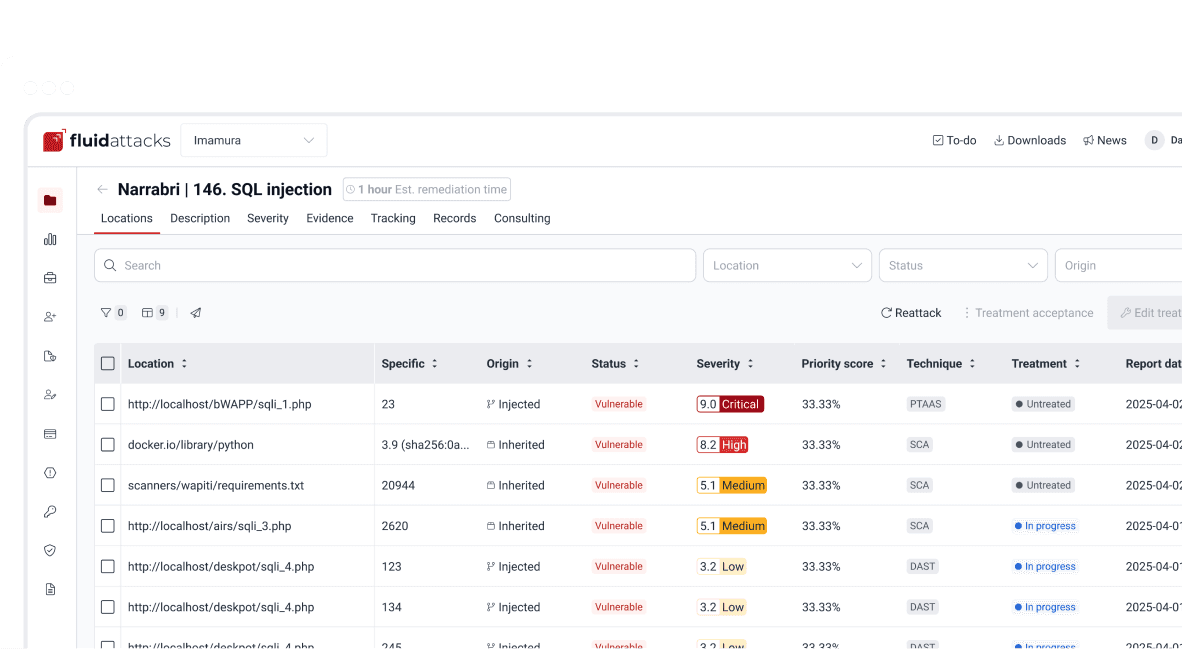Development
Don't let the cat out! Trapdoor functions and their importance in security

Security analyst
Updated
Jan 8, 2019
4 min
Functions! I’m sure you have heard this concept in many ways: math, programming, economics, etc. And they all can be reduced to the same basic thing: something that takes some inputs and produces some outputs. Math is the case here, however, there is a lot to add to that short definition, specially when we apply it to computer security, because despite you might be unaware, your security totally depend on a special kind of functions called Trapdoors. Let’s talk about trapdoor functions and how they save you from "letting the cat out".
When we talk about inputs producing an output we usually talk about the reverse process: given the outputs deduce the inputs, this is really useful in many applications… but not in security! knowing an input from an output is a serious problem, you will see why.
A Trapdoor is essentially something taking an input and producing an output, but it is extremely difficult to do the reverse process, this is because to do so you need to know a "secret" called a private key and you have to be the luckiest guy in all universes to guess it or to guess the input.
Suppose:
P : Plain text data |
A Trapdoor is a function that encrypts with the properties:
E = f(P) (Easy to do) |
Now, Trapdoors are not the same as the well known hash functions, hash functions are one-way functions as well, but they are not reversible by any means, whereas Trapdoors are reversible with the key. This is what makes them fundamental for Encryption of shared information.
Your lifesaving, precious data is always put in a Trapdoor, encrypted and transmitted and no one (except the possessor of the secret and the luckiest guy in all universes) can figure out the data.
Symmetric and Asymmetric Encryption
When two ends have to exchange sensitive data, they must agree on the key they both use, this is called Symmetric Encryption where the same key is used to encrypt and to decrypt. This key has to be transmitted first for agreement before any other communication, but how can they prevent a third party sniffs and retrieve the key? they use a type of Encryption called Asymmetric Encryption: It encrypts the data with one public key and decrypts it with a different private key
Kp : Public key |
The data is encrypted with
E = f(P,Kp) |
And decrypted with
P = f-1(E,Kp) |
This Encryption is slow and it’s not commonly used in data transmission. It’s only used between parties to agree on a shared key that they use for Symmetric Encryption which is the one used for large data exchange as it’s faster. The shared key for Symmetric Encryption is transmitted over Asymmetric Encryption so no attacker can retrieve this symmetric key.
RSA Encryption
Rivest, Shamir, Adleman, also know as RSA algorithm is the most common algorithm for Asymmetric Encryption and it’s based on a Trapdoor function called modular exponentiation :
E = PKP mod N |
In this case knowing P from E is impossible, you need to know a secret KS in order to compute it.
RSA algorithm uses prime number arithmetics and modular exponentiation to encrypt a message, the algorithm can be summarized like this :
Choose two prime numbers p and q.
Compute n = pq.
Compute Euler’s function ϕ = (p - 1)(q - 1).
Choose a number e smaller and coprime to ϕ.
Choose a number d such that (ed - 1) mod ϕ = 0, This is know as the modular multiplicative inverse, in other words, ed - 1 must be divisible entirely by ϕ.
(e,n) are the public key whereas (s,n) are the private key.
A message m is encrypted into c by
c = me mod n |
And decrypted by
m = cd mod n |
Thus, anyone can know the public key value e to encrypt but not the private key value d used to decrypt. What about n ? could not they use it to come up with d ? Yes, they can, they will just take tenths of years to do it as n is chosen to be a very big number, so breaking it into the prime factors p, q used to get e and therefore d, would take long enough that an attacker cannot crack the key.
AES Encryption
AES (Advanced Encryption System) algorithm, is usually the chosen one for Symmetric Encryption. This algorithm is rather procedural than hard mathematical formula computation, it basically encrypts a table of data in four steps:
SubBytes: Each value in a table is substituted by another using a table.ShiftRows: Rows of the table are shifted by some offset.MixColumns: Columns are mixed by a matrix operation.AddRoundKey: The public key is performed over the table with anXORoperation.
All operations performed are reversible and they are made in order to eliminate or diffuse any possible pattern or relationship of the ciphered message to the original one and to the key that might hint an attack.
Conclusion
You can be sure your data is very well protected and that the communication won’t be disclosed to any attacker thanks to a Trapdoor, of course, as computing power continues to develop, we might need to create new traps, but now the assurance of your privacy on communication is really high, so every time you browse your social networks, bank accounts, etc; remember there is a Trapdoor that won’t let any cat out.
Get started with Fluid Attacks' ASPM solution right now
Other posts















